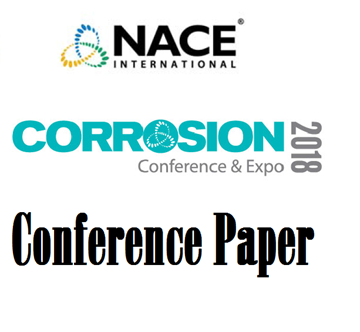Search
Products tagged with 'hpht'
View as
Sort by
Display
per page
51318-10938-Performance of Nickel Alloy UNS N06625 Welds in Supercritical H2S Environment
Product Number:
51318-10938-SG
Publication Date:
2018
$20.00
51318-11015-Corrosion of 13Cr Steel at the Cement/Casing Interface in CO2/H2S Environments at 4 85 and 200 °C
Product Number:
51318-11015-SG
Publication Date:
2018
$20.00
Long-Term Performance of a Subsea Wet Insulation Material at 180 °C Continuous Operation Temperature
Product Number:
51321-16210-SG
Publication Date:
2021
$20.00
The Performance Of HPHT Corrosion Inhibitor At Offshore Downhole Sour Conditions
Product Number:
51322-17752-SG
Publication Date:
2022
$20.00
The Performance Tests of HPHT Corrosion Inhibitor at Onshore Downhole Sour Conditions
Product Number:
51323-19242-SG
Publication Date:
2023
$20.00
Very High Strength Low Alloy Steels For HPHT Applications
Product Number:
51322-17721-SG
Publication Date:
2022
$20.00






